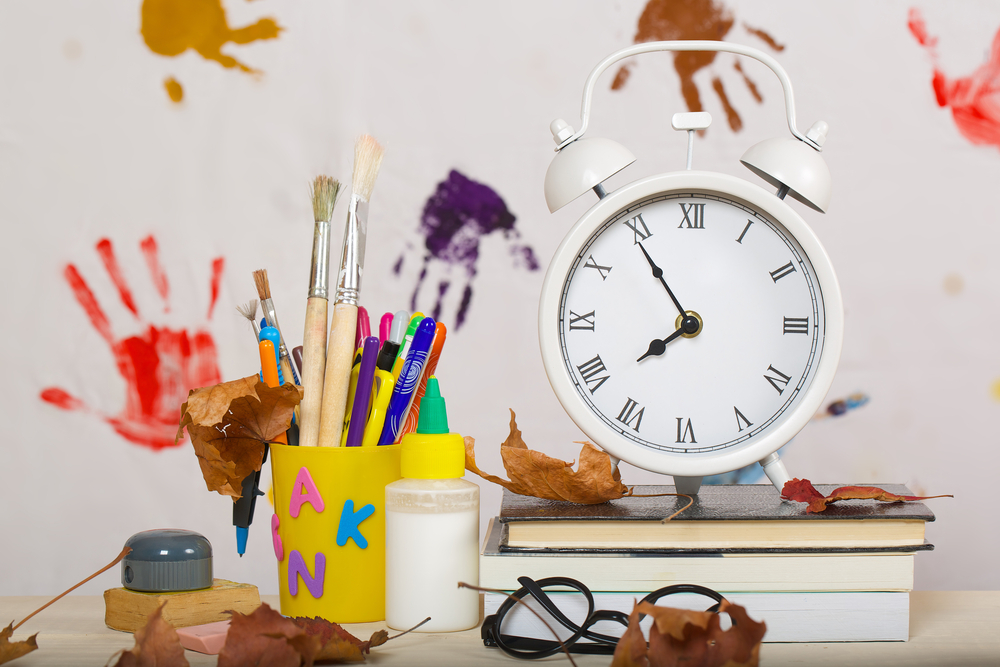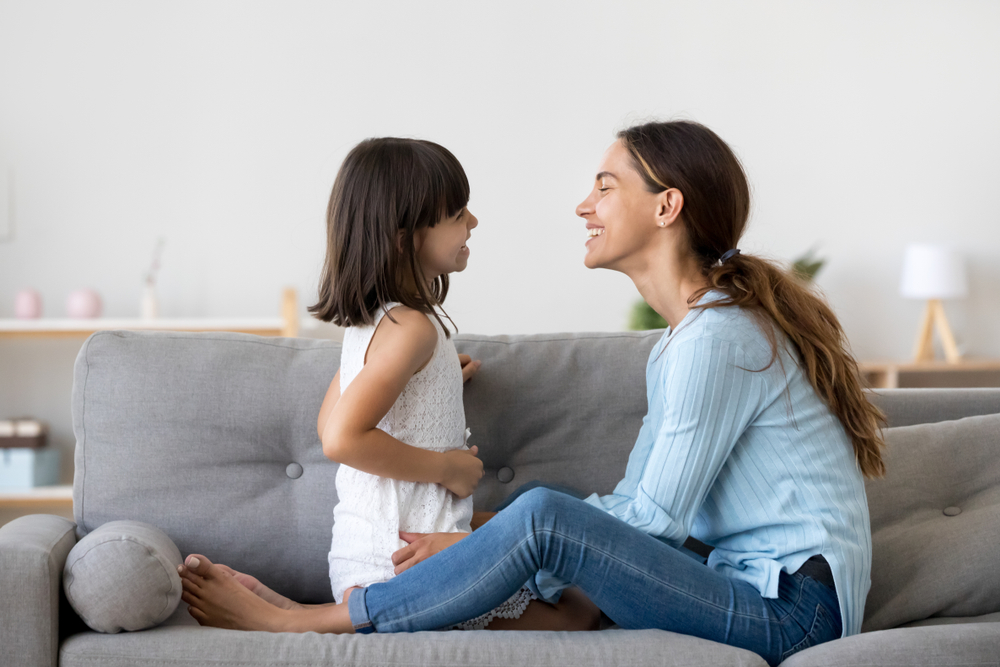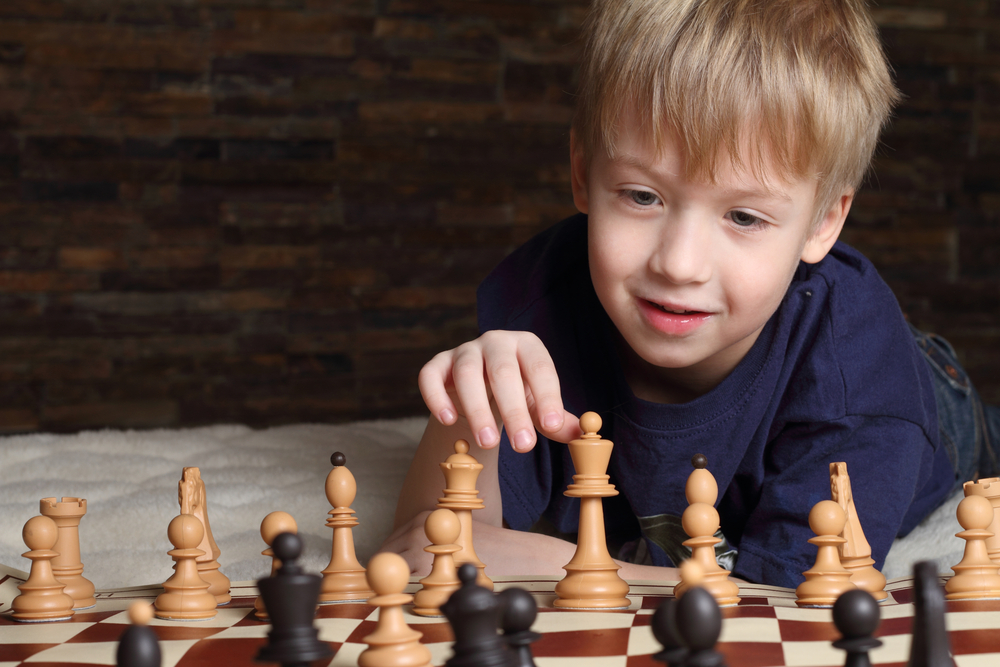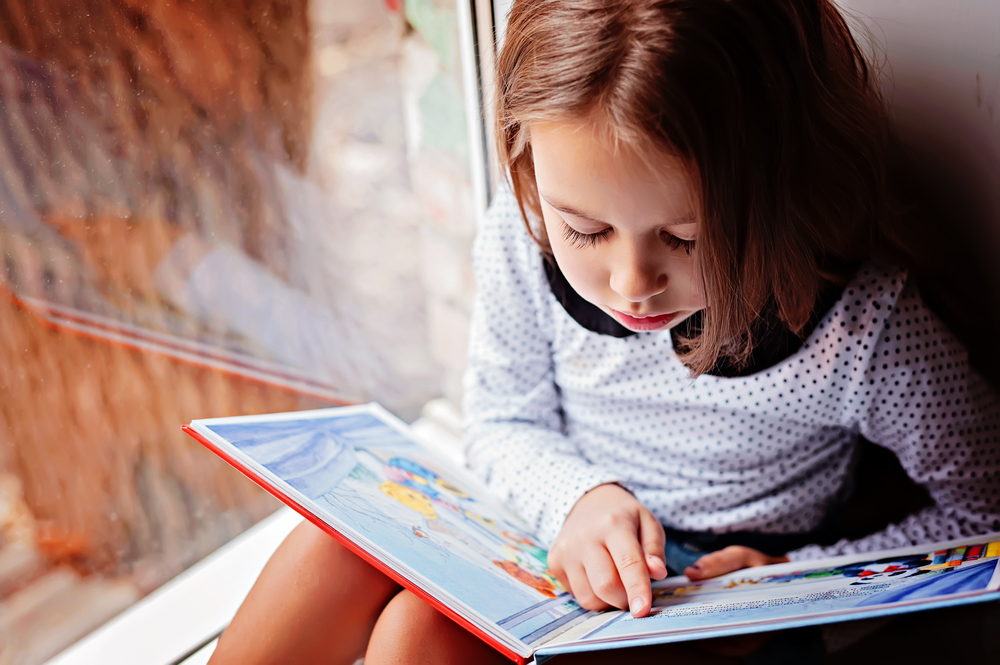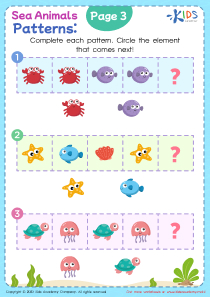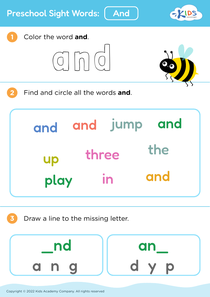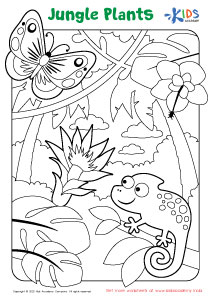Comparing sizes Preschool Worksheets
4 filtered results
-
From - To
Unlock your preschooler's potential with our "Comparing Sizes" worksheets! Designed to captivate young minds, these engaging activities help kids understand and differentiate between big and small objects. Perfect for developing critical thinking and observational skills, each worksheet offers interactive exercises that make learning fun and effective. By exploring various sizes, children enhance their spatial awareness, math readiness, and cognitive development. Ideal for classroom use or at-home learning, these printable resources cater to children's love for discovery and play. Help your little learners excel and build a strong foundation with our expert-crafted preschool worksheets!
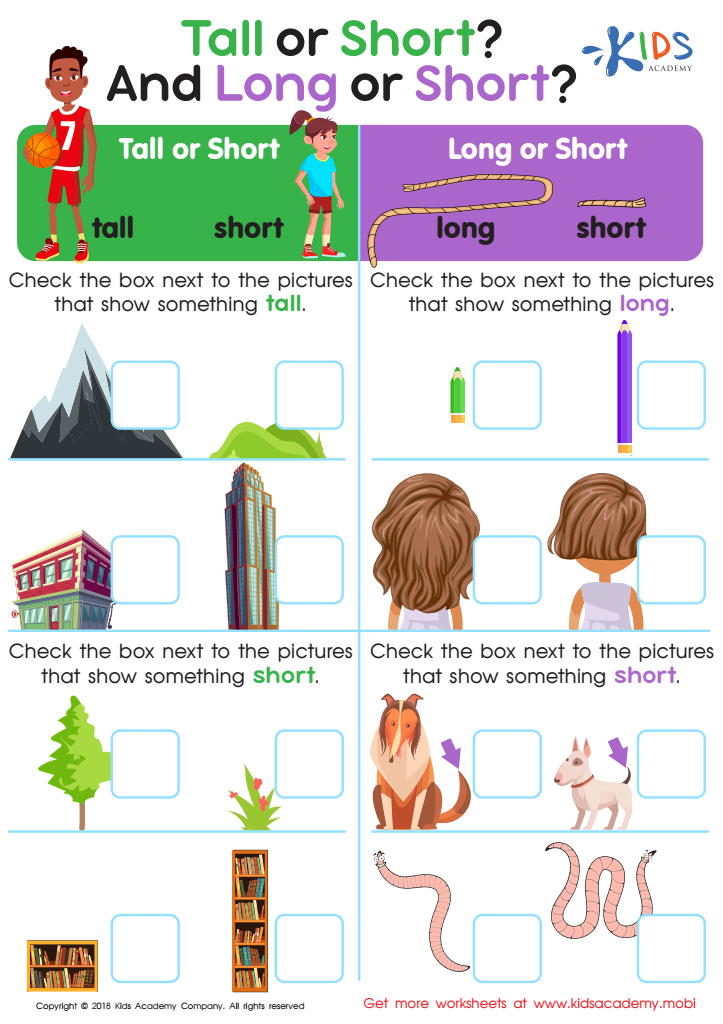

Tall or Short and Long or Short? Worksheet
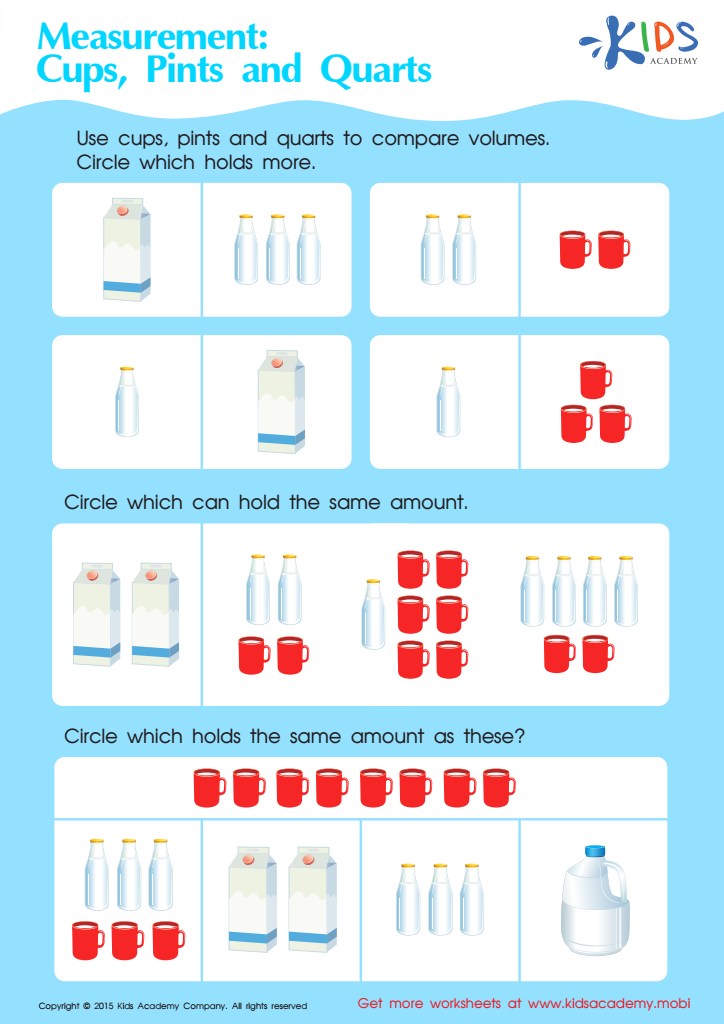

Measurement: Compare Volumes Worksheet
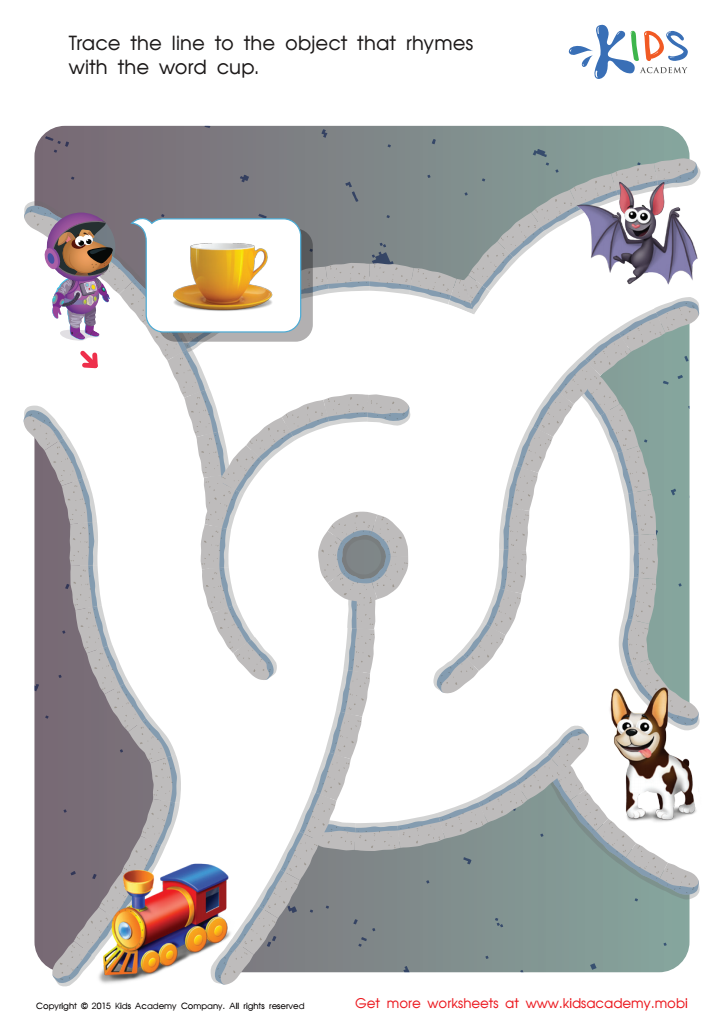

Cup Rhyming Words Worksheet
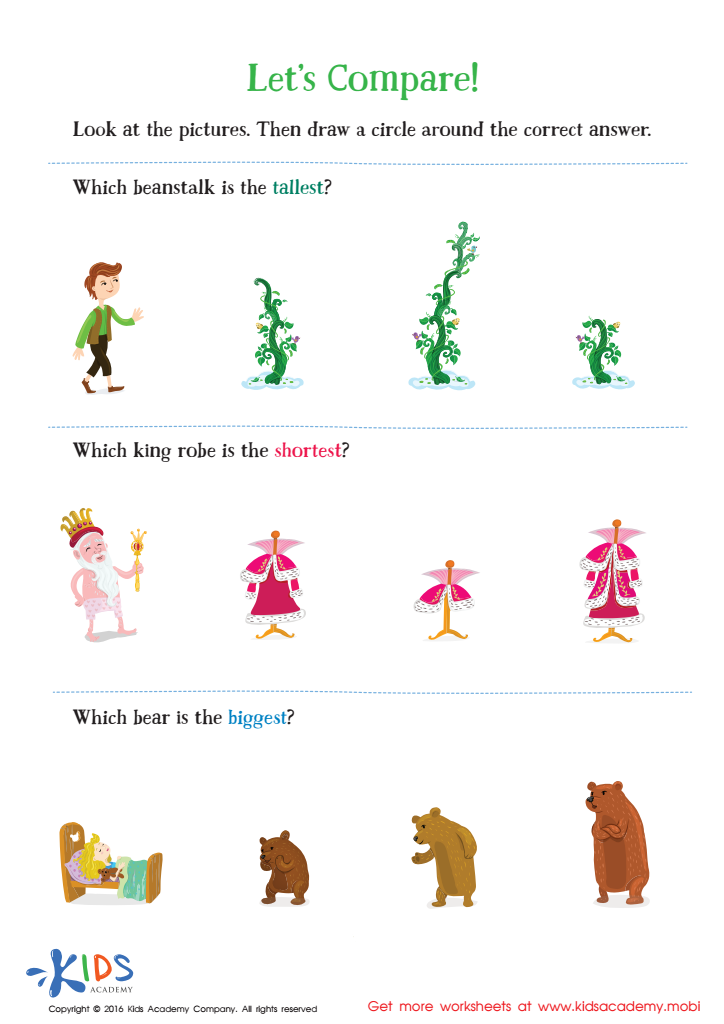

Fairy Tale Worksheet: Let's Compare
Comparing sizes is a fundamental concept in early childhood education that parents and teachers should prioritize because it lays the groundwork for essential cognitive and mathematical skills. At the preschool level, children are at a developmental stage where they are naturally curious and eager to make sense of the world around them. By engaging in size comparison activities, they develop critical abilities such as observation, classification, and measurement.
Learning to compare sizes helps children understand concepts of big and small, tall and short, and more and less, fostering their ability to interpret and organize their environment. These skills are precursors to more complex mathematical reasoning required for arithmetic, geometry, and scientific inquiries.
Moreover, size comparison activities stimulate language development as children learn and use descriptive vocabulary. They also encourage social interaction and cooperative play. For instance, when working together to sort objects by size, children practice sharing, taking turns, and communicating their ideas.
In sum, attention to comparing sizes in preschool is essential as it supports cognitive development, enriches vocabulary, and enhances social skills, preparing children for future academic success and daily life problem-solving. By integrating these activities into early education, parents and teachers contribute significantly to a child's well-rounded development.
 Assign to My Students
Assign to My Students



